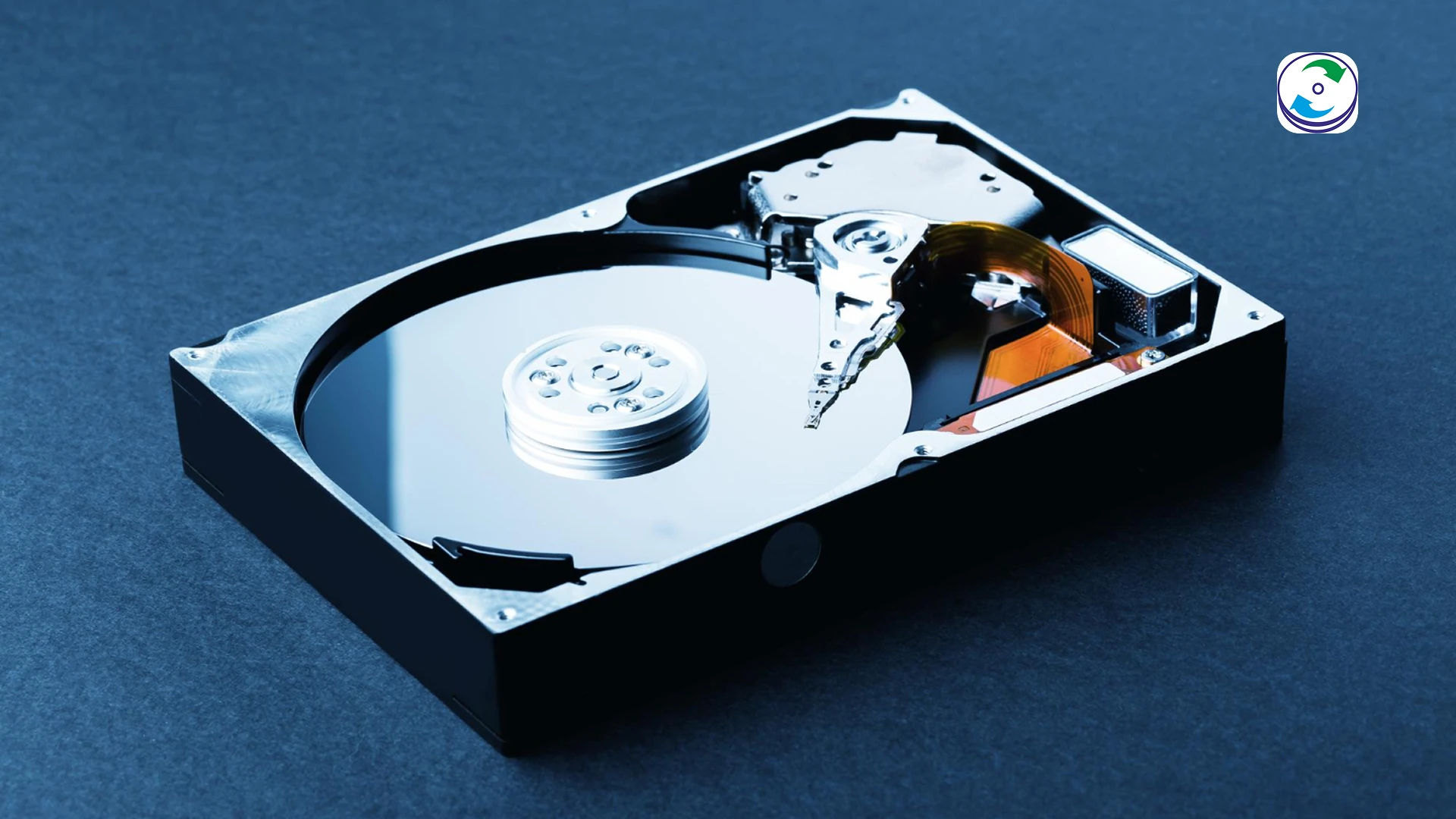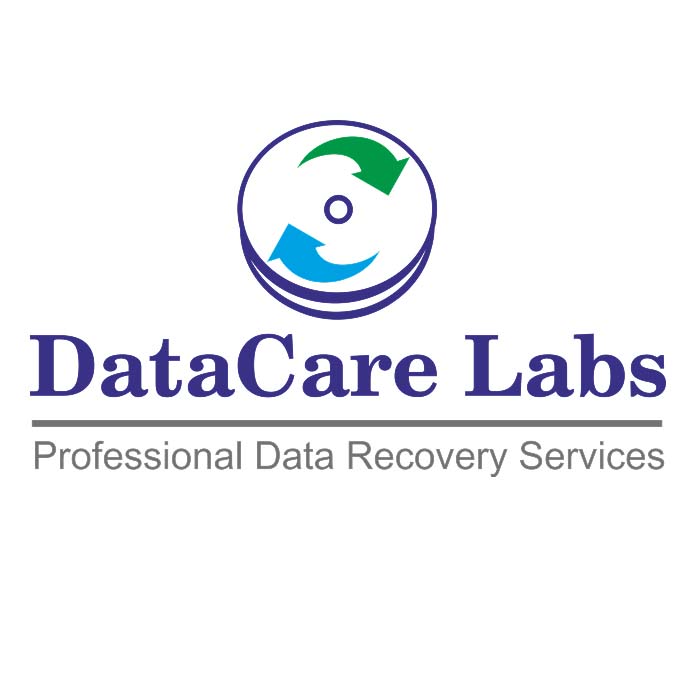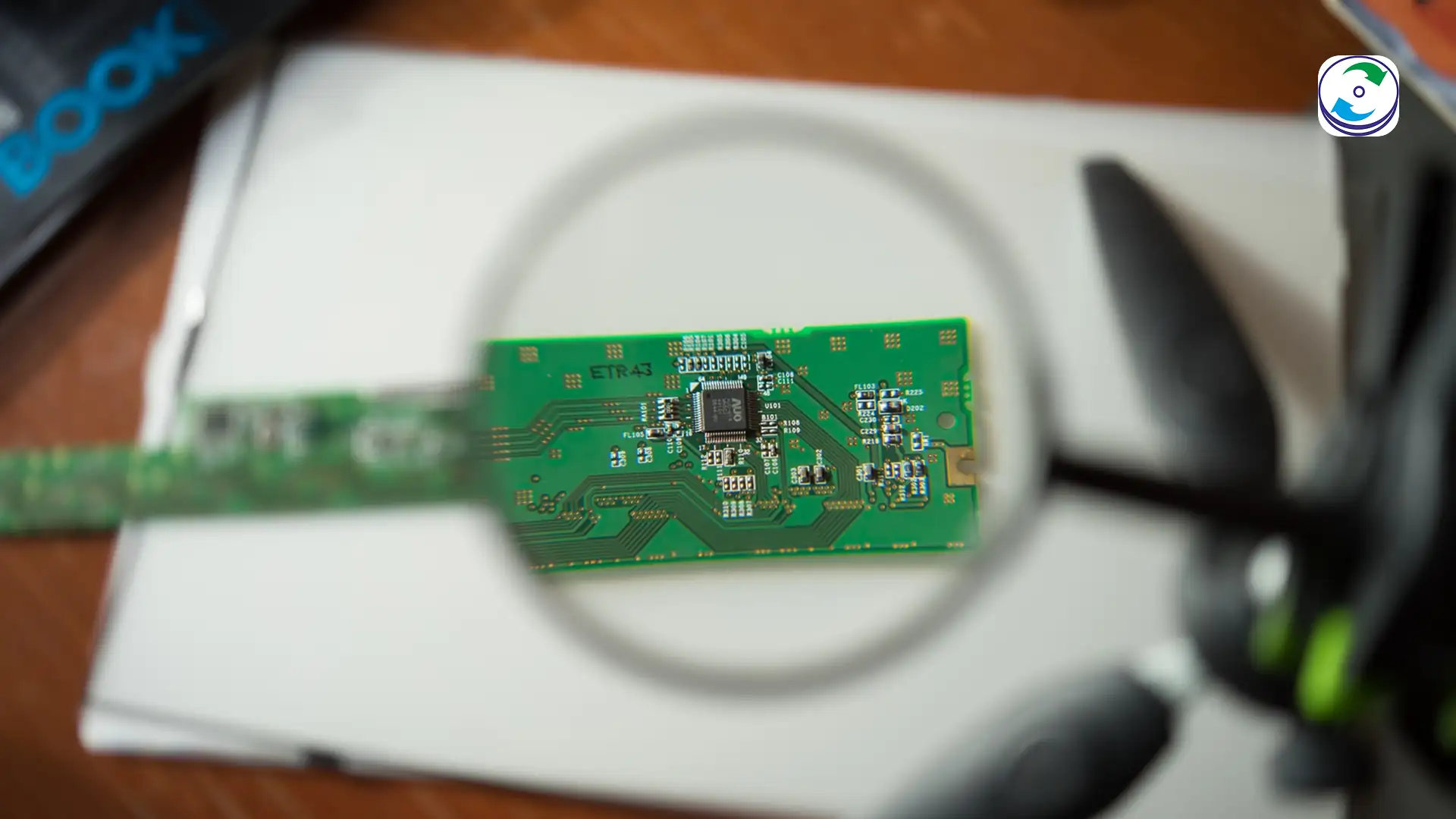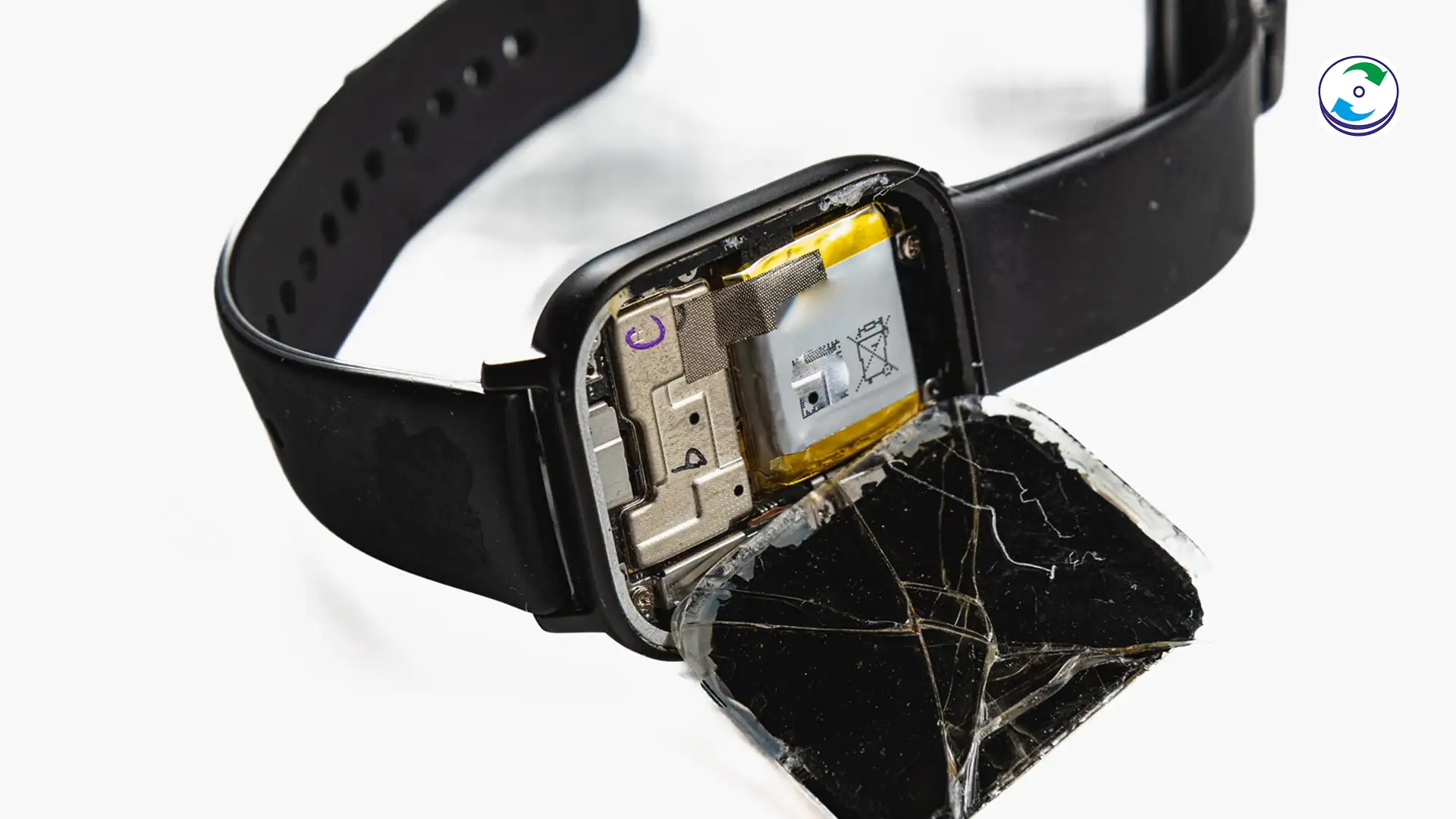Redundancy of Data: Your Ultimate Shield Against Loss in Pune (DataCare Labs Guide)

The Unseen Hero – Why Data Redundancy Matters
In the bustling digital landscape of Pune, Maharashtra, where businesses thrive on innovation and individuals rely heavily on their digital footprints, data is arguably the most valuable asset. From critical financial records and intellectual property to cherished family photos and vital project files, losing data can have catastrophic consequences. While the immediate thought might be “how do I recover my data?”, a more proactive approach focuses on preventing loss in the first place. This brings us to a fundamental concept in data management and cybersecurity: redundancy of data.
Often misunderstood, “redundancy” in the context of data storage isn’t about unnecessary duplication. Instead, it’s about creating strategic, intentional copies or alternative pathways for your data to ensure its availability and integrity, even when components fail. At DataCare Labs in Pune, we frequently witness the devastating impact of insufficient or failed data redundancy strategies. While we are experts in recovering data when all else fails, our mission also extends to educating businesses and individuals in Pune on how to build robust defenses. This comprehensive guide will delve deep into the concept of data redundancy, explaining its importance, various implementation methods, and how it forms the cornerstone of any effective data protection strategy.
At its core, redundancy of data refers to the practice of storing the same piece of data in multiple places or by providing multiple paths to access it. The primary goal is to protect against data loss in the event of a system failure, hardware malfunction, human error, or even a localized disaster. It’s about ensuring data availability and preventing downtime.
The Two Faces of Redundancy: Good vs. Bad
It’s crucial to distinguish between beneficial and detrimental redundancy:
- Good Redundancy (Intentional & Structured): This is the redundancy we advocate. It involves planned, managed, and structured duplication of data or components to ensure continuity and fault tolerance. Examples include RAID configurations, data backups, and geo-replication. This redundancy is a solution to data loss.
- Bad Redundancy (Unintentional & Unmanaged): This often refers to unnecessary, unmanaged, or inconsistent duplicate files scattered across multiple locations (e.g., multiple versions of the same document on different USB drives, desktops, and cloud folders, without version control). This type of redundancy can lead to confusion, wasted storage space, and difficulties in identifying the most current or correct version of a file. It can actually contribute to data management problems. Our focus in this blog is on good redundancy.
Why is Redundancy of Data So Crucial for Businesses in Pune?
For any organization, from a startup in Hinjewadi to an established manufacturing unit in Chakan, data is the lifeblood. The ability to access data reliably and continuously is directly tied to operational success and financial stability.
- Business Continuity: Data redundancy ensures that even if one component (like a hard drive) fails, your operations can continue uninterrupted, minimizing costly downtime.
- Data Integrity: By having multiple copies, the chances of data corruption going unnoticed or unrepaired are significantly reduced.
- Disaster Recovery: Geo-redundancy (data stored in different geographical locations) protects against localized disasters like fires, floods, or power grid failures in Pune.
- Compliance: Many industry regulations and data protection laws (both national and international) require robust data redundancy and backup strategies.
- Customer Trust: Protecting customer data through redundancy builds trust and safeguards your reputation.
- Cost Savings (in the long run): While implementing redundancy has upfront costs, it’s significantly less expensive than the potential losses from prolonged downtime, lost sales, or legal repercussions due to data loss.
Key Methods for Achieving Data Redundancy
Implementing effective data redundancy involves a layered approach, utilizing various technologies and strategies.
Key Methods for Achieving Data Redundancy
RAID is a technology that combines multiple physical disk drives into a single logical unit to improve performance, data redundancy, or both. It’s often the first line of defense for servers and high-performance workstations.
- RAID 0 (Stripping): Enhances performance by spreading data across multiple drives, but offers no redundancy. If one drive fails, all data is lost. (Not a true redundancy solution).
- RAID 1 (Mirroring): Provides full redundancy by mirroring data onto two separate drives. If one drive fails, the other contains an exact copy. Excellent for redundancy, but uses 50% of total disk space.
- RAID 5 (Stripping with Parity): Spreads data and parity information across at least three drives. It can withstand the failure of one drive. Offers a good balance of performance, redundancy, and usable storage space. Very popular for NAS and server environments.
- RAID 6 (Stripping with Double Parity): Similar to RAID 5 but includes two independent parity blocks, allowing it to withstand the failure of up to two drives simultaneously. Offers higher fault tolerance for critical data.
- RAID 10 (RAID 1+0): Combines mirroring (RAID 1) and stripping (RAID 0). Offers both high performance and excellent redundancy (can withstand multiple drive failures, provided they are not within the same mirrored pair). Requires at least four drives.
Data Backup and Recovery
Backups are copies of data taken at specific points in time, primarily for the purpose of restoring data after a loss event. They are a critical form of off-site or offline redundancy.
- Types of Backups:
- Full Backup: A complete copy of all selected data.
- Incremental Backup: Only backs up data that has changed since the last backup (full or incremental). Faster, but recovery can be complex.
- Differential Backup: Backs up data that has changed since the last full backup. Faster recovery than incremental, but backups grow larger over time.
- Backup Destinations: External hard drives, NAS devices, tape drives, cloud storage (e.g., Google Drive, Azure, AWS for businesses in Pune).
- Backup Strategy (3-2-1 Rule): Keep at least 3 copies of your data, store them on at least 2 different types of media, and keep 1 copy offsite (e.g., in a secure cloud server or a geographically separate location, crucial for businesses in Pune to protect against local disasters).
Data Replication
Data replication involves continuously or near-continuously copying data from one location to another, ensuring that data is always consistent across multiple systems. This is often used for high availability and disaster recovery.
- Synchronous Replication: Data is written simultaneously to both the primary and secondary locations. Ensures zero data loss (RPO=0) but introduces latency. Ideal for mission-critical applications.
- Asynchronous Replication: Data is written to the primary location first, then copied to the secondary. Lower latency but a small chance of data loss if the primary fails before data is copied.
- Snapshotting: Creating point-in-time copies of data, which can be quickly reverted to.
High Availability (HA) and Failover Clusters
While not solely about data redundancy, HA systems and failover clusters utilize redundant hardware and software components to ensure continuous operation. If a primary server or component fails, a redundant standby system automatically takes over, often accessing the same shared storage (like a SAN).
Implementing a Robust Data Redundancy Strategy in Pune
For businesses and individuals in Pune, building a solid data redundancy strategy involves several considerations:
- Assess Your Data: Identify your most critical data and its value to your operations.
- Determine RTO and RPO:
- Recovery Time Objective (RTO): How quickly can you afford to be without your data?
- Recovery Point Objective (RPO): How much data can you afford to lose (i.e., how old can your data be after recovery)?
- Layered Approach: Combine different redundancy methods. For instance, RAID for immediate disk failure protection, daily backups for file recovery, and offsite replication for disaster recovery.
- Regular Testing: Redundancy is only effective if it works. Regularly test your RAID systems, backup restores, and disaster recovery plans. Many businesses in Pune unfortunately find out their backups aren’t working only after a crisis hits.
- Security: Ensure that redundant data copies are also protected from cyber threats, unauthorized access, and ransomware.
When Redundancy Fails: The Role of DataCare Labs in Pune
While implementing robust data redundancy is crucial, it’s not foolproof. Hardware can fail beyond RAID’s capabilities, backups can become corrupted, or human error can bypass even the most stringent systems. This is where DataCare Labs in Pune steps in.
How Redundancy Measures Can Still Fail:
- Multiple Drive Failures: A RAID array might protect against one or two drive failures, but a power surge or a firmware bug can cause more drives to fail simultaneously, surpassing the RAID level’s fault tolerance.
- Backup Corruption: Backup media can degrade, or the backup software itself can fail, leading to corrupted or unreadable backups.
- Human Error: Accidental deletions or overwrites can occur before a backup runs, or a critical file is deleted from all redundant locations.
- Logical Corruption: File system errors, database corruption, or virus attacks can render data unusable across all redundant copies.
- Disaster Beyond Scope: A major localized disaster in Pune might impact both primary data and local redundant copies.
DataCare Labs: Your Last Line of Defense in Pune
When your redundancy measures fall short, DataCare Labs in Pune is your expert partner for data recovery. We specialize in:
- Complex RAID Data Recovery: Recovering data from failed RAID 0, 1, 5, 6, 10, and other configurations, even when multiple drives have failed or the RAID structure is corrupted.
- Server and NAS Recovery: Expertise in retrieving data from enterprise servers, NAS devices, and SAN environments.
- Corrupted Backup Media Recovery: Attempting to recover data from damaged tapes, external hard drives, or other backup media.
- Logical Data Recovery: Addressing file system corruption, accidental deletions, and other logical issues that bypass redundancy.
- Physical Drive Recovery: Utilizing Class 100 Cleanroom facilities for physically damaged hard drives, SSDs, and other storage media.
Conclusion: Building Resilience with Data Redundancy and DataCare Labs in Pune
The redundancy of data is not merely a technical concept; it’s a strategic imperative for individuals and businesses operating in Pune’s dynamic digital environment. By intelligently duplicating and distributing your data, you build a powerful shield against unforeseen data loss events. Embrace RAID, implement a robust backup strategy, explore replication, and regularly test your defenses.
However, even with the best precautions, data loss can still occur. When all your redundancy measures fail, remember that DataCare Labs in Pune is your trusted and experienced partner, equipped with the technology and expertise to recover your critical information. Invest in data redundancy for peace of mind, and partner with DataCare Labs for ultimate data resilience.












